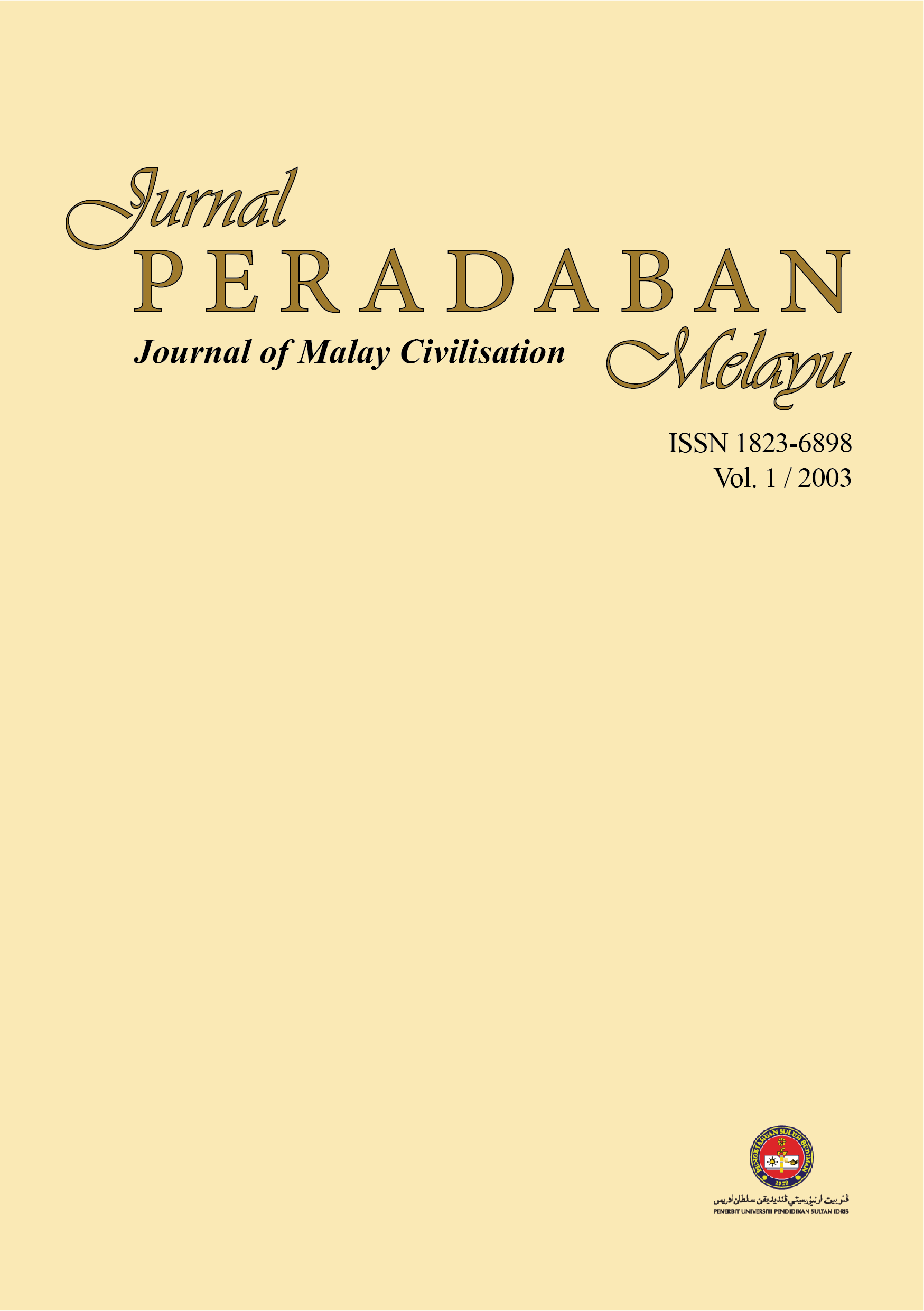Resilient Cultural Diversity in a Globalising World an Australian Multicultural Perspective
Keywords:
Resilient, Cultural, Diversity, Globalising, Australian, Multicultural PerspectiveAbstract
Under the impact of economic, political and cultural globalisation one could expect that the whole world would tend to become more and more culturally homogeneous until a convergence of cultures eventuated. Such homogenising forces have impinged upon nation-states causing them to lose some of their traditional omnipotence and charisma. The rising significance of international organisations has eroded some of the states' powers, as has the increasing acceptance of dual citizenship and the virtually uncontrollable migratory flows across the globe
Downloads
References
Clyne, M. 1985. "Multilingual Melbourne Nineteenth Century Style", Journal of Australian Studies, Vol. 17, pp 65-81.
. 1991. Community Languages: The Australian Experience. Cambridge: Cambridge University Press.
. And Kipp, S. 1997. Trends and changes in home and language shift in Australia, Journal of Multilingual and Multicultural Development 18,451-473.
Deane, W. (Sir). 1997. Multiculturalism our way. Multicultural Life. Adelaide, vol.2: 3.
Howard, J. 2001a. quoted in Kelly, P. In "First Step: a Deal with Indonesia", The Australian, (August 29th), p.11.
Howard, J. 2001b. quoted by D. Shanahan, 'Howard: this Bill is Necessary to Protect our National Interest", The Australian, (August 30th), p.1.
Hugo, G. 2001. "A Century of Population Change in Australia", in Trewin, D. (ed.) 2001 Year Book Australia, No. 83. Canberra: Australian Bureau of Statistics, pp. 169-210.
Huntington, S. 1996. The Clash of Civilizations and the Remaking of World Order. New York: Simon and Schuter.
Jupp, J. 2001. The Australian People: an Encyclopedia of the Nation, its People and their Origins. Cambridge: Cambridge University Press.
Kirby, M. (Justice). 1998. ''The Universal Declaration for Human Rights: Fifty Years On", Sydney: Australian National Commission for UNESCO, (December 5th).
Lo Bianco. 1987. Report to Commonwealth Department of Education: National Policy on Languages, Canberra: Australian Government Publishing Service.
Price, C.A. 1989. Ethnic Groups in Australia. Canberra: Australian Immigration Research Centre.
Ruddock, P. 2001. quoted by Zubrzycki, J. and Saunders, M. In "5 Million Afghans at Risk", The Australian, (September 27th), p.1.
Safran, W. 1995. Nations, ethnic Groups, states and Politics: A preface and an agenda. Nationalism and Ethnic Politics 1 (l): 1-10.
Selleck, R.J.W. 1980. 'The trouble with my looking glass: a study of the attitude to Australians to Germans during the Great War, Journal ofAustralian Studies, vol.6, pp. 1-25.
Smolicz, J.J. 1997. Australia: From Migrant Country to Multicultural Nation. International Migration Review 31 (l): 164-186.
. 1998. "Globalism, Nation-State and Local Cultures", Political Crossroads, vol 6, no. I and 2, pp 111-128.
. 1999. (M.J.Secombe and J.Zajda, eds.) J.J.SmoIicz on Education and Culture. Melbourne: James Nicholas Publishers.
. and Secombe, M.J. 1989. Types of language activation in an ethnically plural society. In U. Ammon (ed.) Status and Function ofLanguages and Language Varieties, (pp. 478-514). Berlin and New York: de Gruyter.
. Hudson, D.M. and Secombe, M.J. 2001. Family Collectivism and Minority Languages as Core Values of Culture Among Ethnic Groups in Australia, Journal of Multilingual and Multicultural Development, Vol. 22, no.2, pp 152 172.
Trewin, D. 2001. (ed.). 2001 Year Book Australia, No. 83. Canberra: Australian Bureau of Statistics.




